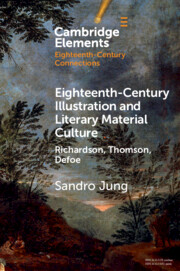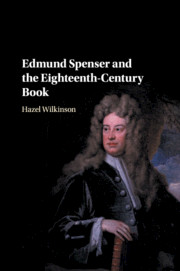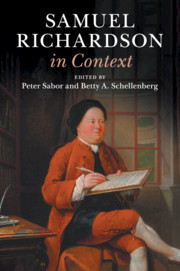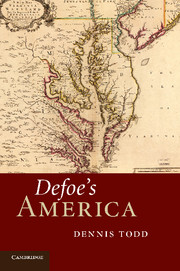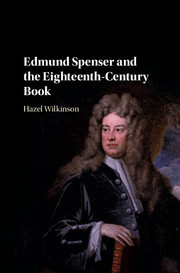Eighteenth-Century Illustration and Literary Material Culture
This Element studies eighteenth- and early nineteenth-century instances of transmediation, concentrating on how the same illustrations were adapted for new media and how they generated novel media constellations and meanings for these images. Focusing on the 'content' of the illustrations and its adaptation within the framework of a new medium, case studies examine the use across different media of illustrations (comprehending both the designs for book illustrations and furniture prints) of three eighteenth-century works: Defoe's Robinson Crusoe (1719), Thomson's The Seasons (1730) and Richardson's Pamela (1740). These case studies reveal how visually enhanced material culture not only makes present the literary work, including its characters and story-world. But they also demonstrate how, through processes of transmediation, changes are introduced to the illustration that affect comprehension of that work. This title is also available as Open Access on Cambridge Core.
Reviews & endorsements
‘This book offers a well-documented and insightful analysis of the relationship between illustrations, transmediation, and literary texts. By reinterpreting three classic eighteenth-century English literary works, it is not only a study of literary illustrations but also a study of daily life in eighteenth-century Britain, and is therefore highly recommended for literary scholars, material culture scholars, and researchers interested in mediation.’ The European Legacy
Product details
June 2023Adobe eBook Reader
9781108968652
0 pages
This ISBN is for an eBook version which is distributed on our behalf by a third party.
Table of Contents
- 1. Transmediation, illustration and material culture
- 2. Re-signifying pamela: from snuff Box to chapbook
- 3. Damon, musidora and the containment of desire: from vase to miniature
- 4. Palemon, lavinia and virtuous love exemplified: from creamware jugs to derby figurine
- 5. Re-narrating Robinson Crusoe: transmediation on French speaking plates
- 6. Conclusion
- References.

